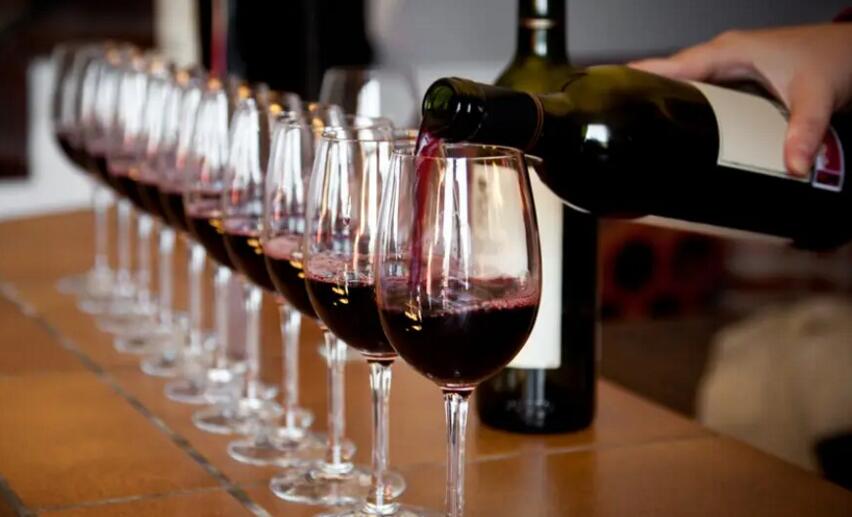 我怎样才能更多地了解葡萄酒呢(一)
我怎样才能更多地了解葡萄酒呢(一)
正文翻译

How can I learn more about wine?
我怎样才能更多地了解葡萄酒呢?

How can I learn more about wine?
我怎样才能更多地了解葡萄酒呢?
评论翻译

How can I learn more about wine?
我怎样才能更多地了解葡萄酒呢?

How can I learn more about wine?
我怎样才能更多地了解葡萄酒呢?
很赞 1
收藏